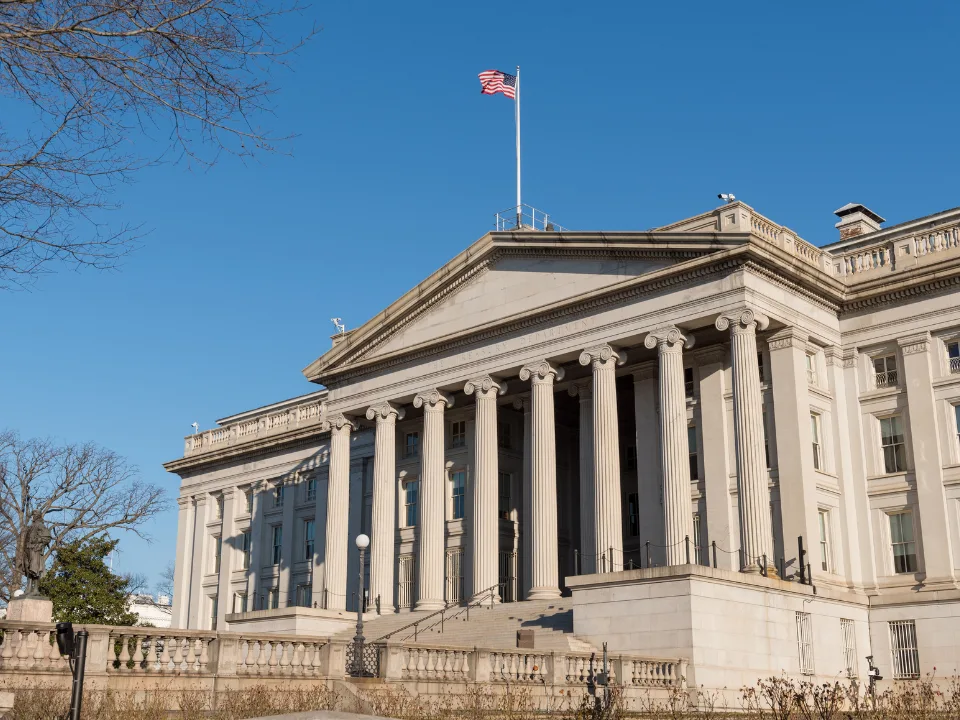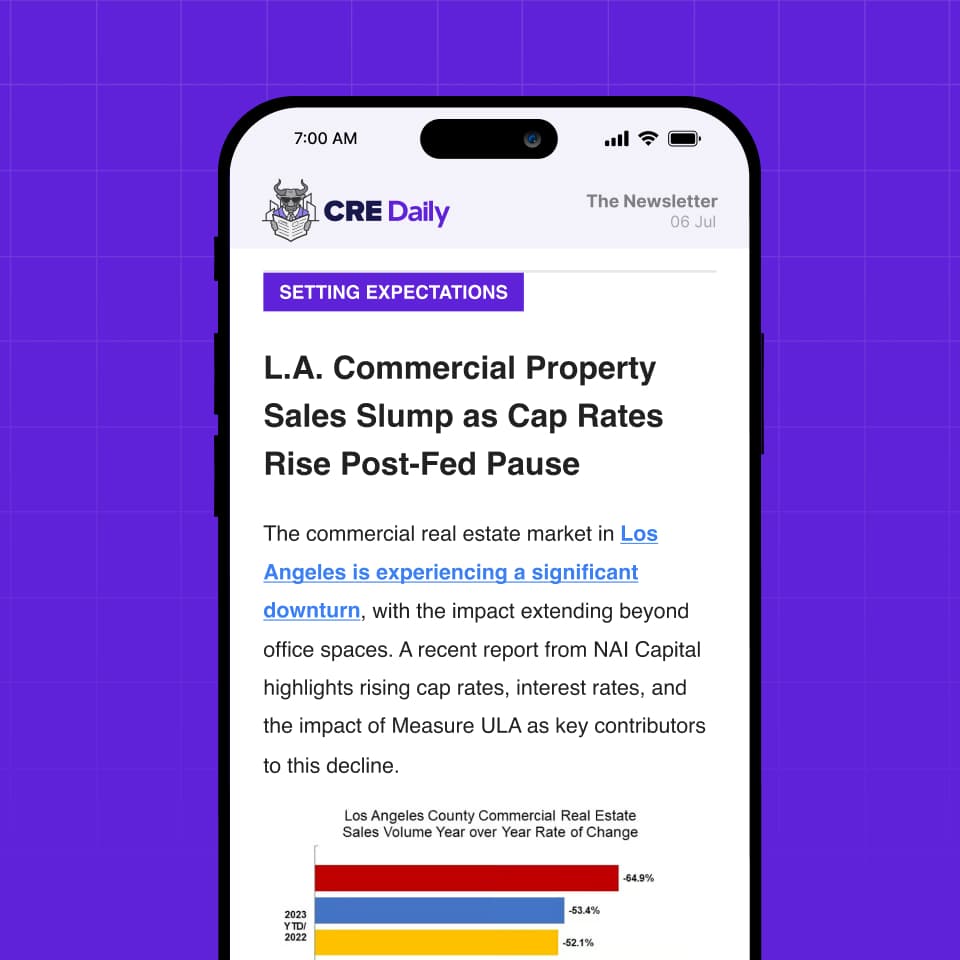- Trump’s 90-day tariff pause offers only temporary relief, with a 10% duty still in place for most countries and a steep 125% rate targeting Chinese imports.
- CRE sectors, especially construction, remain vulnerable, as rising material costs and economic uncertainty could slow development and capital spending.
- Multifamily may see a silver lining, as higher housing costs could boost rental demand, driving rents up and reducing vacancy in existing inventory.
- Retail and industrial properties face headwinds, with rising prices dampening consumer spending and reshaping inventory and logistics strategies.
Temporary Relief, Lingering Uncertainty
President Trump’s announcement of a 90-day pause on tariff increases has been welcomed by markets—but commercial real estate players aren’t breathing easy just yet. The broader trade policy remains in flux, and high existing tariffs, as reported by Globe St.
Construction and real estate are particularly exposed, given their reliance on imported materials.
Get Smarter about what matters in CRE
Stay ahead of trends in commercial real estate with CRE Daily – the free newsletter delivering everything you need to start your day in just 5-minutes
Wait-and-See Mode
Industry experts say the uncertainty is weighing on investor sentiment and decision-making.
“It’s creating a lot of uncertainty in the marketplace,” Bodner said, pointing to declining consumer confidence and stock market volatility as signs of broader hesitation.
Multifamily’s Hidden Advantage
While most CRE sectors face headwinds, multifamily may be one of the few to benefit—at least indirectly.
That could help absorb a glut of multifamily inventory delivered in recent years and lower vacancies in supply-constrained markets.
Food-Related CRE Remains Resilient
Retail and industrial sectors tied to discretionary spending may feel the pinch of reduced consumer demand.
“Properties tied to food-related essentials are likely to remain resilient,” said Moody’s director of economic research Ermengarde Jabir.
What’s Next
The current 90-day pause offers breathing room, but unless the administration provides more clarity on long-term trade policy, commercial real estate markets will continue to navigate a fog of uncertainty.
















